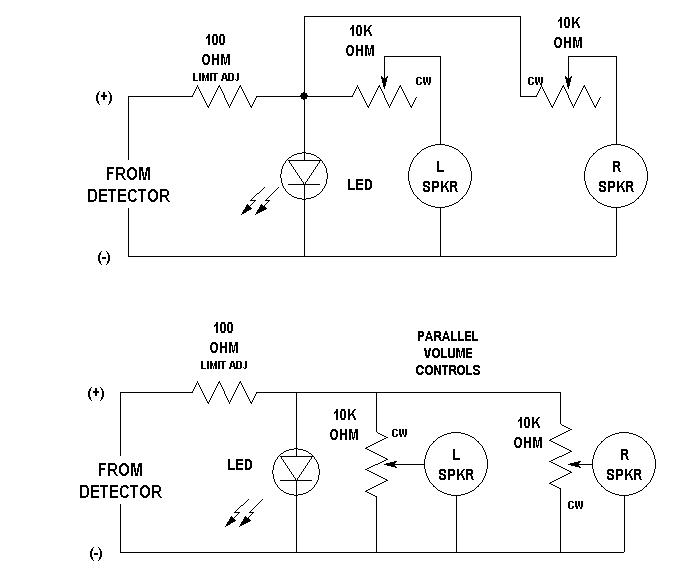Anyone do much experimenting with headphone speakers?
Using 150 ohm speakers is typical, although that is 75 ohms since they are wired in parallel. I see some 500 ohm Kobitone speakers at Mouser that have close to full range. I will give them a try. Plus the spec indiactes they should be louder than typical 150 ohm speakers. It seems to me that being higher than the 150 ohm series resistor that is present in most machines, should be better than a 75 ohm load.
When I run the numbers, I think I should be fine.
When the volume pot on the phones is set to a comfortable level, the phones are more like 400 ohms anyway with the KB's set I have.
Using 150 ohm speakers is typical, although that is 75 ohms since they are wired in parallel. I see some 500 ohm Kobitone speakers at Mouser that have close to full range. I will give them a try. Plus the spec indiactes they should be louder than typical 150 ohm speakers. It seems to me that being higher than the 150 ohm series resistor that is present in most machines, should be better than a 75 ohm load.
When I run the numbers, I think I should be fine.
When the volume pot on the phones is set to a comfortable level, the phones are more like 400 ohms anyway with the KB's set I have.


Comment